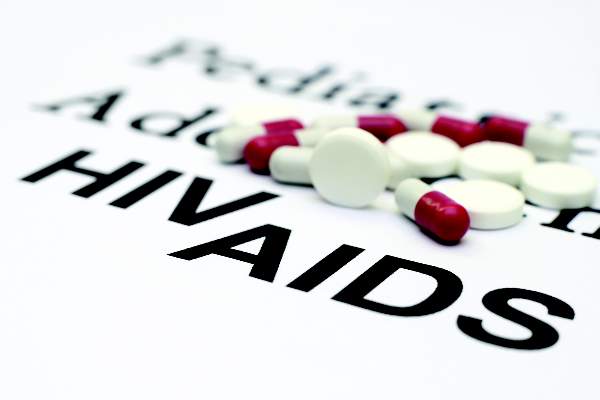FROM AIDS
The cumulative use of dideoxynucleoside analogues, or ‘d-drugs,’ in the treatment of HIV-positive patients was independently associated with increased rates of end-stage liver disease and hepatocellular carcinoma, according to a new study.
D-drugs, in particular didanosine (ddI) and stavudine (d4T), have been associated with alterations in liver function and severe steatosis/fibrosis development, and ddI use has been linked with the development of noncirrhotic portal hypertension. Use of d-drugs for HIV-positive patients is rare in most high-income countries because of serious adverse effects, but their use was common in the past and research indicates previous exposure may have adverse impacts on liver function.
A research team led by Dr. Lene Ryom of the department of infectious diseases at the University of Copenhagen, Denmark, assessed end-stage liver disease (ESLD) and hepatocellular carcinoma (HCC) events in patients participating in the Data Collection on Adverse Events of Anti-HIV Drugs Study (D:A:D), a prospective cohort collaboration established in 1999, which follows more than 49,000 HIV-1-positive individuals in Europe, the United States, and Australia. They followed patients from the date of enrollment in the study or Jan. 2, 2004, if this was later, until the first of an ESLD/HCC event, death, 6 months after their last visit or Jan. 2, 2014.
Ryom and coauthors investigated associations between ESLD/HCC and cumulative use of individual antiretrovirals, including d-drugs, by using Poisson regression adjusting for potential confounders. They found that cumulative exposure to d4T, ddI, tenofovir, and (fos)amprenavir was associated with increased ESLD/HCC rates. Longer exposure to emtricitabine and nevirapine was associated with lower ESLD/HCC rates.
Because of the independent association with increased ESLD/HCC risk, the authors said that the use of d-drugs to treat HIV-positive patients should be avoided where alternatives are available, and intensified monitoring of liver function should be considered among all individuals exposed to these drugs for longer time periods.
Read the study in the journal AIDS ( AIDS. 2016 Jan 8. doi:10.1097/QAD.0000000000001018 ).
On Twitter @richpizzi




